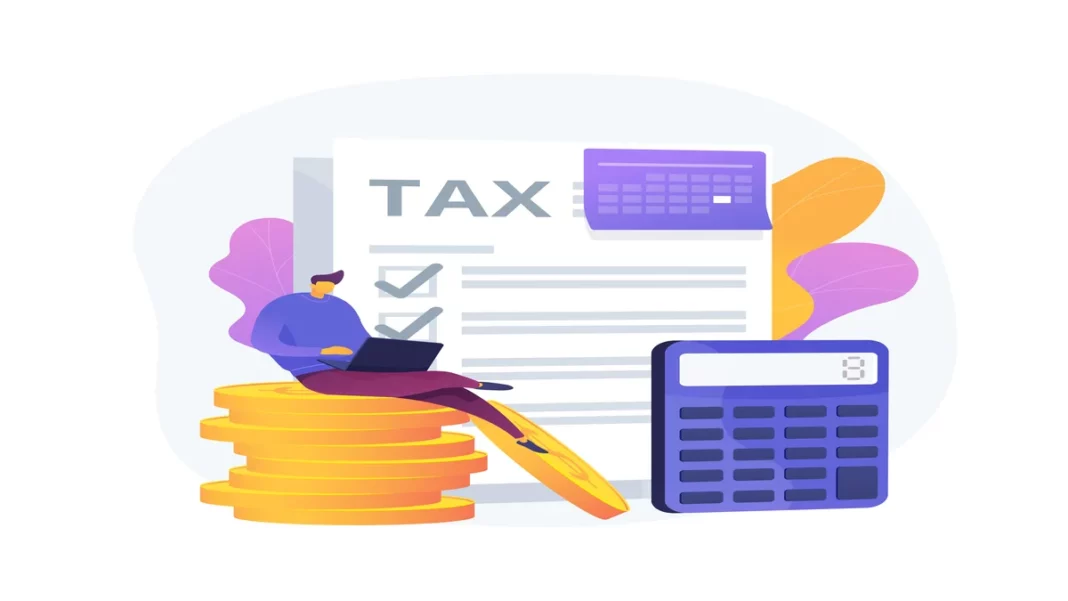The Goods and Service Tax (GST) is a comprehensive tax regime introduced by the government of India to replace multiple indirect taxes levied by the Centre and states in the country. It has been India’s biggest and most comprehensive tax reform to date. GST was implemented on the idea of one nation, market, and tax. The notion was integrating the entire country into one unified market by removing barriers across states.
The GST Act was passed in Parliament on 29th March 2017, and the new tax system came into effect on 1st July 2017. Since then, it has enabled a smooth flow of goods from one state to another, benefiting consumers, businesses, and the government.
Before GST, India had several indirect taxes like excise duty, value-added tax (VAT), and service tax. They were levied on products and services by both the central and state governments. This resulted in a complicated tax system that took time and effort to navigate for businesses and consumers alike. With the implementation, the GST has converted India into a unified market of 1.3 billion citizens.
The main aim of GST is to simplify this complex taxation structure and create a more efficient and transparent tax regime. It also aims to solve the problem of cascading effects of taxes, which are used to increase the overall tax burden on people.
The introduction of GST has also decreased prices for various products and services across many sectors. For example, implementing GST on cars has lowered the overall manufacturing costs by consolidating previous taxes. This has resulted in more affordable prices for several car models.
Tax Slabs in GST
GST is not the same for goods and services. Different goods and services have different rates. There are 5 categories of GST rates: 0.25%, 5%, 12%, 18%, and 28%. Cess charges on top of these.
Here are the different tax slabs under the GST:
- 25%: This tax slab includes cut and semi-polished stones.
- 5%: This tax slab includes essential household items like sugar, edible oil, tea, species, and coffee (except instant). It also covers coal, Indian sweets (Mithai), and life-saving drugs.
- 12%: This tax slab includes items like computers and processed food.
- 18%: This tax slab includes goods like toothpaste, hair oil, and soaps, as well as capital goods and industrial intermediaries.
- 28%: This tax slab includes luxury items like small cars, premium cars, consumer durables like ACs and refrigerators, high-end motorcycles, and items like cigarettes and aerated drinks.
Also, there are 3 other components of GST. They are the Central GST (CGST), the State GST (SGST)/ Union Territory GST (UTGST), and the Integrated GST (IGST).
- The CGST is the central government’s tax on selling goods and services conducted within a state.
- The SGST/UTGST is the tax collected by the state government or the union territory government on the sale of goods and services within a particular state or union territory.
- The IGST is the tax the central government collects on the sale of goods and services between states or union territories.
Impact of GST on India
Decrease in Prices of Goods and Services: GST has simplified things for consumers as they only have to pay one tax instead of multiple taxes. Since the GST regime eliminates multiple taxes, the prices of several goods and services have come down to a certain extent.
For example, in the past, multiple taxes were levied on the transportation and logistics sector. Now, with GST on transportation charges, the tax rate on the transport of goods and passengers by all major modes of transport is 5%. It is lower than the
This has helped the sector in the interstate transportation of goods at reduced costs, ultimately benefiting the common man.
Simplified Tax System: The implementation of GST has made the tracking of taxes easier than ever before. The entire tax process is now computerised. It lets consumers, service providers, and businesses know the taxes they must pay beforehand. The GST amount appears on the bill or invoice whenever you purchase any item or access services. It also enables online registration, payment, and filing of returns through the GST portal.
This makes the tax process more efficient and convenient for taxpayers and reduces compliance costs.
Removal of Cascading Effect: The cascading of taxes, also known as the “tax on tax” effect, plagued the supply chain in the past and led to increasing costs for the end user.
For example, under the previous indirect tax regime, a product was subject to multiple taxes, such as excise duty, VAT, CST, etc., at each stage of production and distribution. Contrary to this, GST is a destination-based tax. It is collected at the point of consumption rather than at the point of origin, ensuring minimum tax cascading.
Control on Leakages: Before GST, many businesses used to rely on informal, unregistered transactions to evade taxes. It fueled corruption across sectors in the country. The implementation of GST has addressed this issue of loose bills, or ‘kacha’ bills, to control leakages in the system. Now, a robust invoicing system is in place, making it mandatory for businesses to provide GST-compliant receipts for all transactions. Also, it made it more challenging for businesses to underreport their income or manipulate financial records.
One Market for All: GST has brought India’s tax system together, making it the same across the country. With almost the same tax rates in every state, businesses can operate more easily all over India. The country has become a level playing field for everyone, no matter where they are or how big their business is.
Also Read: Top 5 Small Business Ideas Which Have Complete Government Support


